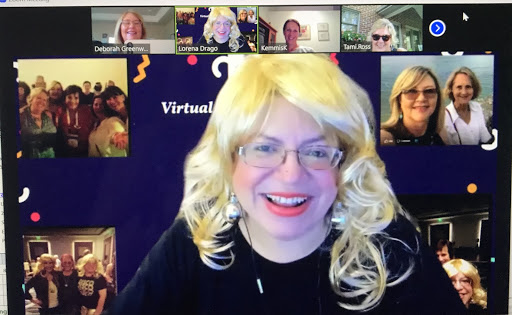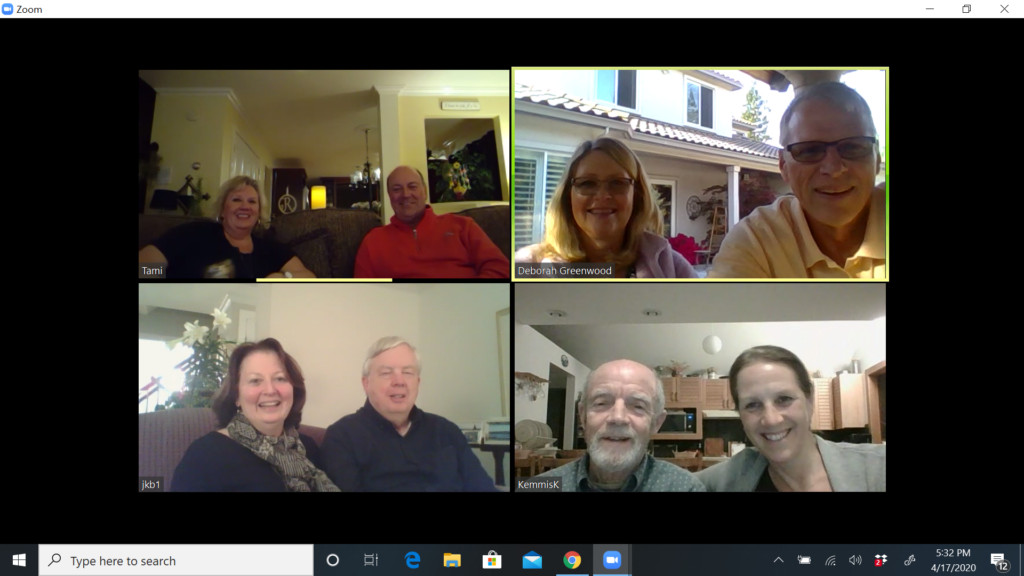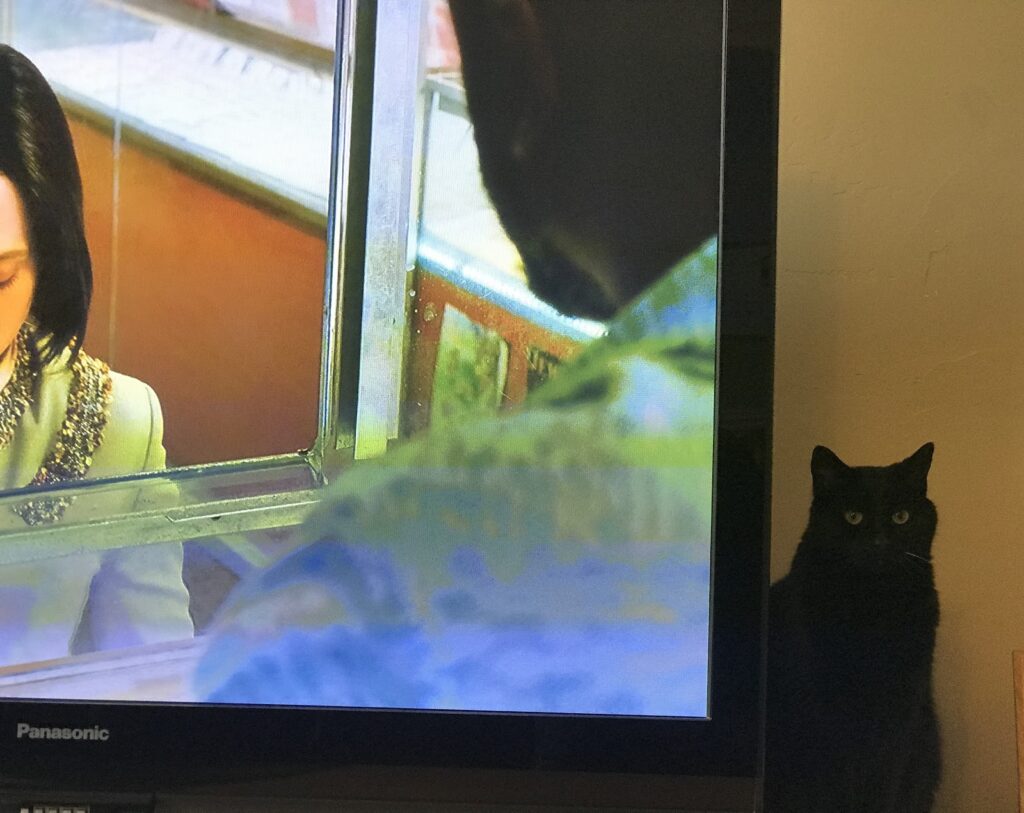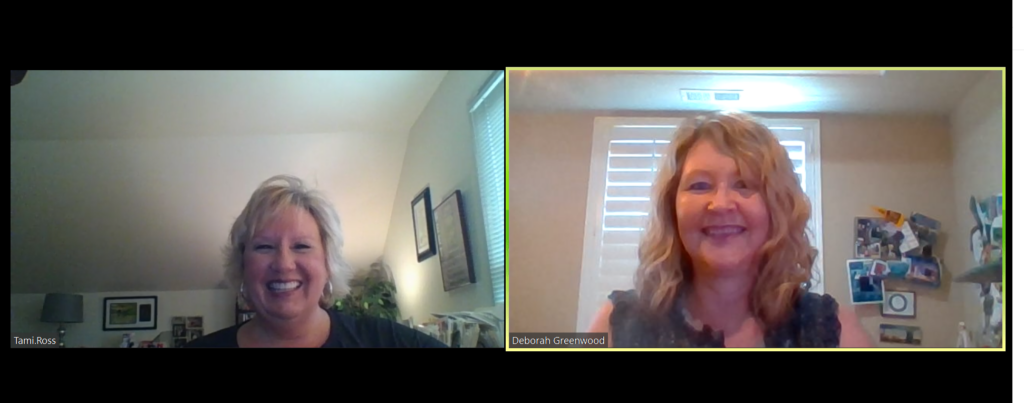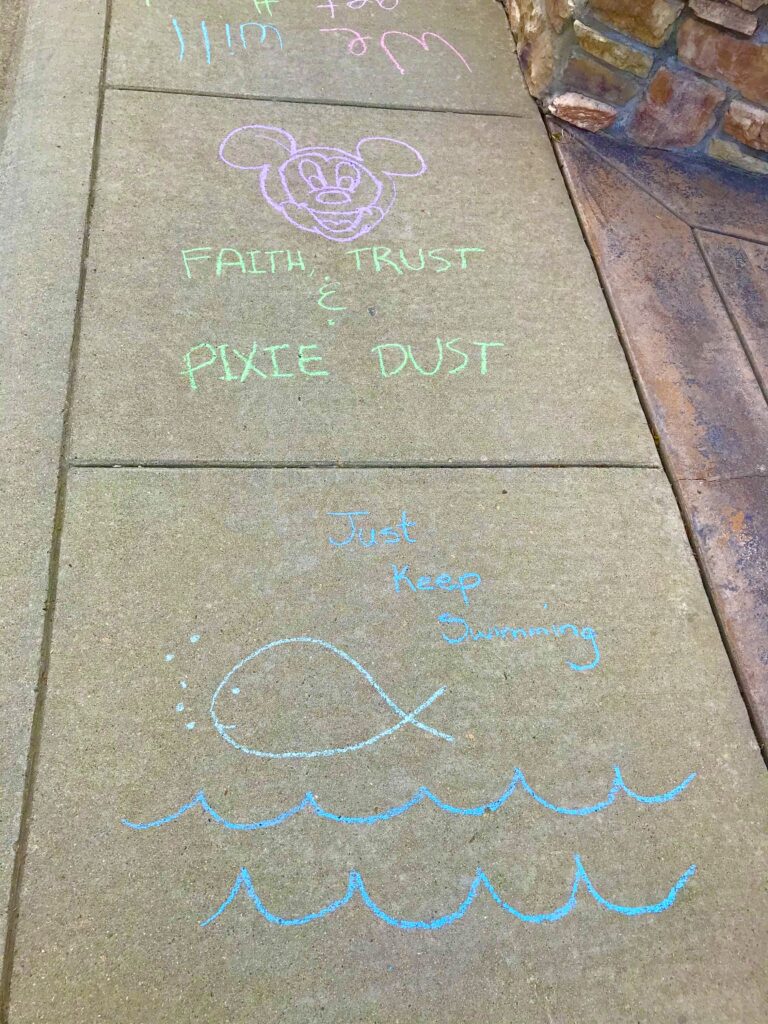
Nature itself is the best physician.– Hippocrates
Given that our blog posts are called “Fresh Views”, we are always on the lookout for opportunities to experience these views first hand. You may have read a previous blog where we talked about “imprinting” these fresh views so they’ll stay with us forever. Given the season, we wanted to share some of the benefits we find in nature by sharing some beautiful photos from our time in the great outdoors that have allowed us to reduce our anxiety, improve our mood, and promote a sense of calm for both of us.
With summer in full swing, we’re both enjoying the opportunity to spend more time in nature. Did you know that there are many benefits of being in nature? Whether for an hour, a day or a week, we find so many benefits spending time in nature. And there is actually scientific evidence that identifies many beneficial effects from spending time in nature and the impact it has on health, including reducing stress and anxiety, improving one’s mental health, and promoting healing. Studies show that 120 minutes spread out over the week may be the ideal amount of time.
While we both love our dramatic mountain scenery and listening to the ocean waves crash on the sand, even a local park or garden can do the trick. Any place that gives your mind a break, provides time to reflect on what’s going well for you, gives you the freedom to think of other things in your life that are also going well, and consider how you can do more of that. We find that our mood immediately improves and our sense of self improves.
Tami and her husband spent some time in Yellowstone and Grand Teton National Parks earlier this summer. Surreal beauty. Coincidentally, Deb is headed to Grand Teton later this summer too.

The cool breeze, peace, and reflection of the mountains was so calming and brought a smile to their faces. This was definitely an image they imprinted.

On this trip, Tami and Mike got far more than recommended 120 minutes of being in nature! The thermal hot springs are fascinating and offer other-worldly beauty! Focusing on them and the mountains provided a mental break from the demands of daily life.


Sunrise in Jackson Hole, Wyoming over a creek where otters were playing. A time to reflect on and appreciate the many sights from the day prior, think about other things in life that are going well, and look forward to what the current day will bring.
Deb is fortunate to have a California State Park at the end of her street. She enjoys weekend morning walks along Folsom Lake. On a clear day she can see the snowy mountains from Lake Tahoe in the distance, and in the spring the lavender Lupine super bloom is often breathtaking. Taking these walks really gives her mind a break and provides an opportunity to reflect and simply enjoy the beauty of nature so readily in her reach.


And when summer arrives and the lake is full, there is nothing better than being in a boat on the lake, anchoring in a cove, and enjoying the cool water on a hot 105 degree June day. It’s amazing how relaxing with the beautiful scenery around you can really promote calm and lift one’s mood almost instantaneously.

While Deb and Mark really look forward to their week in Wyoming and viewing the majesty of the Grand Tetons, they appreciate the nature that is nearby that can provide a much needed respite from the daily grind of life.
We hope these images of nature have inspired you to find rest, relaxation, and rejuvenation with nature this summer, whether near or far.
If you would like to try to imprint the images you see, follow these easy steps:
- When you find yourself gazing at a striking view or in a most memorable uplifting moment…pause. Be present in the moment.
- Take a deep breath in and a cleansing breath out.
- Gaze at the view – noting where you are and who you are with. Take in colors, lighting, sounds, smells (maybe even taste if it’s food or beverage related).
- Then take time to appreciate and acknowledge what you see before you and are experiencing (many liken this to having an “attitude of gratitude”).
- Allow that view or moment – every detail – along with those positive feelings to etch into your mind’s eye so you can recall them in the future.
We welcome anyone interested in our approach to Subscribe to our blog and we’ll email you when a new post is published!
If you are a health care professional and interested in learning more about our solution-focused practice and approach, when you subscribe to our blog, we’ll send you in return a FREE resource of 10 Solution-Focused Questions to start a solution-focused discussion with your clients.
Follow us on Twitter and Instagram @AFreshPOVforYou
Deb is employed by Dexcom, but her words and opinions in this blog are her own.
Tami is employed by the University of Kentucky HealthCare Barnstable Brown Diabetes Center, but her words and opinions in this blog are her own.


